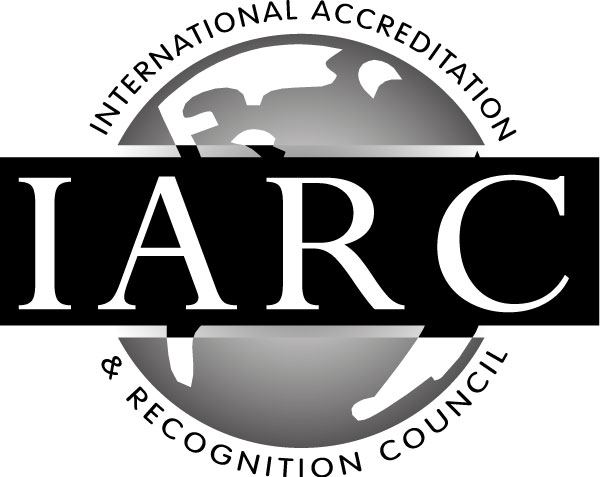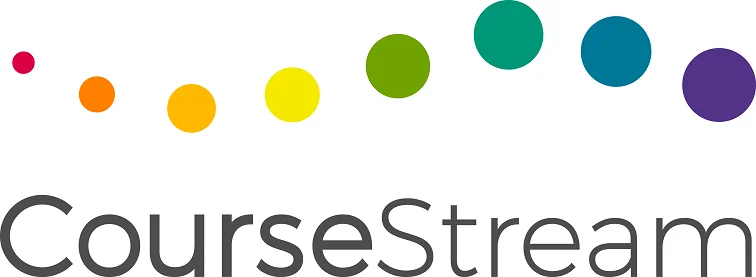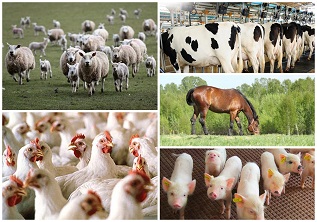Why study this Animal Anatomy and Physiology course?
If you are an animal enthusiast, pet owner, or aspiring veterinarian, farmer, or scientist, then CourseStream’s online Animal Husbandry A course is designed for you!
This animal anatomy and physiology course will teach you everything you need to understand the internals and externals of a variety of agricultural species. Moreover, this course will also give you the understanding of how these different parts function, how they differentiate from other animals, and how animals grow and develop.
With the support of tutors who are practicing Australian veterinarians, this Animal Husbandry course will teach you about the physical components of mammals and other animals, including cells, tissues, systems, and growth and development.
Whether you want to work with or research animals for a living or get a head start on tertiary studies, learning with CourseStream will have a positive impact on your future.
What will you learn?
While studying this online Animal Husbandry course, you will learn all about the anatomy and physiology of domestic, wild, and farm animals. You will become familiar with animal cells and tissues, as well as the systems of the body.
The systems covered in this course include the digestive system, with a focus on the function of each organ, types of stomachs, and uses for biproducts of animal digestion. You will also study the reproductive and endocrine systems, including breeding, reproductive diseases, and
animal growth.
After completing this course, you will have a thorough understanding of the skeletal system, nervous system, circulatory system, urinary/renal system, nervous system, and respiratory system.
Finally, Animal Husbandry A students learn about the muscles of different species and classes of animal. You will develop a strong knowledge of the types of muscles that exist in the bodies of various animals, as well as the structure and quality of meat in livestock and farm animals.
Who is this online Animal Husbandry course for?
CourseStream’s online Animal Husbandry A course is designed for professionals and volunteers who work with animals and desire to improve their skills and knowledge. Farmers, butchers, agriculture professionals, animal shelter volunteers, animal handlers, veterinary receptionists, pet foster carers, and more will be able to apply the skills learned in this course to their careers. The skills you learn will create new opportunities for professional growth and career advancement.
In addition to current professionals in animal-related fields, this course is also suitable for anyone considering a career as a farmhand or animal attendant. The Animal Husbandry A course is an ideal starting point for those hoping to undertake further university or college study in veterinary technology, agriculture, animal science, biology, ecology, or zoology. You will be introduced to concepts covered in tertiary-level courses, giving you a head start to help you succeed.
Course Aims:
- Discuss the physical components of mammals and other animals, including cells and tissues.
- Explain the digestive system of more than one type of animal, in terms of both structure and function.
- Describe the circulatory system of animals, in terms of both structure and function.
- Explain the urinary system of animals, in terms of both structure and function.
- Explain the nervous system of animals, in terms of both structure and function.
- Explain the respiratory system of animals, in terms of both structure and function.
- Explain the reproductive system of animals, including structure and function.
- Explain the muscular system in animals, including the structure and function of muscles, and meat quality.
- Explain the skeletal system of a typical mammal, in terms of both structure and function.
- Describe the biological mechanisms underlying the growth and development of animals and explain the endocrine system of animals, in terms of both structure and function.
- Describe differences between different types of animals, in terms of both structure and function.
Course Structure
There are 11 lessons in this course:
- Introduction to cells & tissues
- livestock classes
- livestock products
- interrelationship between crops and livestock
- cells and tissues
- special properties of cells
- osmosis
- nutrient waste
- The Digestive System
- digestive system
- mouth, tongue, teeth,
- oesophagus
- simple stomach
- small intestine
- large intestine
- ruminant stomach
- accessory organs of the digestive system
- digestion
- absorption and utilisation in the simple stomach
- enzymes
- breakdown by microorganisms
- digestion, absorption and utilisation in the ruminant stomach
- mechanical action
- action of micro-organisms
- utilisation of the end products of digestion
- The Circulatory System
- circulatory system
- composition of blood
- functions of blood
- clotting mechanism
- immunity
- blood vessels
- arteries
- veins
- capillaries
- physiology of the circulatory system
- rates of heart beats
- spleen
- lymphatic system
- circulatory networks
- The Urinary System
- anatomy of the urinary system
- kidneys
- ureter
- bladder
- physiology of urinary system
- excretion in different animals
- The Nervous System
- central and peripheral nervous system
- main parts of the nervous system
- neurons
- sensory neurons
- motor neurons
- central nervous system
- the brain
- spinal cord
- peripheral nervous system
- cranial nerves
- spinal nerves
- autonomic nervous system
- reflex actions
- endocrine system
- structure and function of the ear
- hearing
- structure and function of the eye
- the iris
- structure and function of the nose
- Respiration
- anatomy of respiration
- trachea
- bronchial tree
- lungs
- physiology of respiration
- gaseous exchange
- rate and depth of breathing
- The Reproductive System
- anatomy of the male reproductive system
- testes
- accessory organs
- penis
- physiology of male reproductive system
- hormone production
- sperm production
- erection
- ejaculation
- fertility problems in males
- venereal diseases
- other diseases
- injury
- physical immaturity
- emotional immaturity
- nutrition
- poor handling
- anatomy of female reproductive system
- ovaries
- fallopian tubes
- uterus
- cervix
- physiology of the female reproductive system
- ovulation, oestrus cycle
- fertility problems, difficulties conceiving
- venereal and other diseases
- physical abnormalities
- nutrition
- inability to carry a foetus to full-term
- pregnancy and parturition
- fertilisation
- pregnancy
- parturition
- birth process
- difficult births
- structure of the mammary glands
- secretion of milk
- milk ejection
- reproduction data for cows, sows and ewes
- Muscles & Meat
- muscles and meat
- smooth muscle
- striated voluntary muscle
- cardiac muscle
- structure of meat
- dressing out percentage
- composition of the beef animal
- meat quality and tenderness
- juiciness
- flavour
- cuts and joints of meat
- The Skeleton
- bones
- how bones are formed
- anatomy of bones
- fractures and fracture healing
- five types of bone
- joints of bone
- the skeleton
- dentition
- the dental formula
- cattle
- dental formula of an ox and cow
- eruption of permanent teeth
- pigs
- Animal Growth, Development, and the Endocrine System
- growth and development
- growth curve
- prenatal growth
- post-natal growth
- fat
- factors which affect the size of newborns
- factors affecting post-natal growth
- early maturing
- compensatory growth
- endocrine system
- pituitary gland
- thyroid
- parathyroid
- thymus
- adrenal bodies
- pancreas
- testes
- ovaries
- pineal body
- mucous membrane of the stomach
- Comparing Different Animals
- poultry
- digestion
- gullet
- crop
- proventriculus
- gizzard
- intestine
- caecum
- rectum
- incubating eggs
- natural incubation
- symptoms of a broody hen
- fish
Enrol Now
- Experienced Tutor support
- Certificate sent to you
- Online study (Printed notes available)
- Self paced - no set timetable
- 12 months to complete course
From: $35.00 / week for 19 weeks
Get a Free Info Pack!









